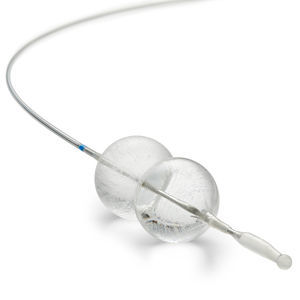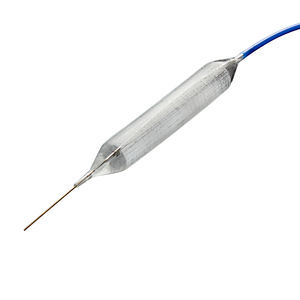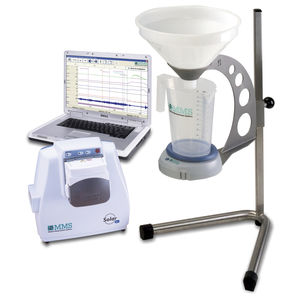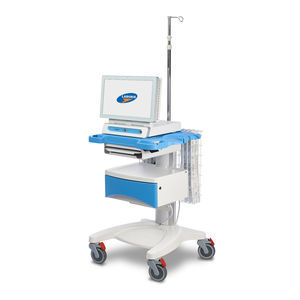
- Secondary care
- Cardiology
- Pressure monitoring catheter
- Laborie Medical Technologies
- Company
- Products
- Catalogs
- News & Trends
- Exhibitions
Pressure monitoring catheter T-DOC® Air-Charged™vesical

Add to favorites
Compare this product
Characteristics
- Application
- pressure monitoring
- Area of the body
- vesical
- Total length
50 cm
(20 in)
Description
T-DOC® Air-Charged™ disposable catheters use tiny pressure-sensing air balloons to assess internal pressures. Barely larger than the diameter of the catheter itself, these balloons offer circumferential pressures for a clear and complete set of data for diagnosis.
As reported by our users, T-DOC® Air-Charged™ Catheters are fast, simple to set-up and less sensitive to patient movement. All of this can result in less time per procedure, less time in set-up and clean-up, and less staff training required, which means more patients may be seen in less time.
Supports best practices in single patient use of consumables to minimize risk of cross-infection and/or cross-transmission
Catheter compatibility for quality urodynamic studies
Supports traceability, removes need for manual entry, reducing errors while automating workflow
Urodynamics is the investigation of the function of the lower urinary tract – the bladder and urethra – using physical measurements such as bladder pressure and flow rate as well as clinical assessment.
Urodynamic studies provide extremely valuable diagnostic data for any of the following bladder dysfunctions: Urge Incontinence, Stress Incontinence, Urinary Retention, Urinary Frequency, Nocturia, Hesitancy and all other storage and micturition issues.
Typical urodynamic testing consists of uroflowmetry, filling cystometry, pressure-flow study, urethral pressure profiles (UPP), valsalva leak point pressure (VLPP), and electromyography (EMG).
VIDEO
Other Laborie Medical Technologies products
Urology & Urogynecology
*Prices are pre-tax. They exclude delivery charges and customs duties and do not include additional charges for installation or activation options. Prices are indicative only and may vary by country, with changes to the cost of raw materials and exchange rates.













